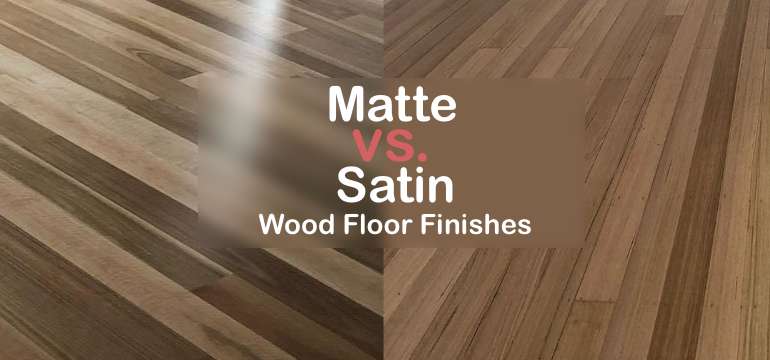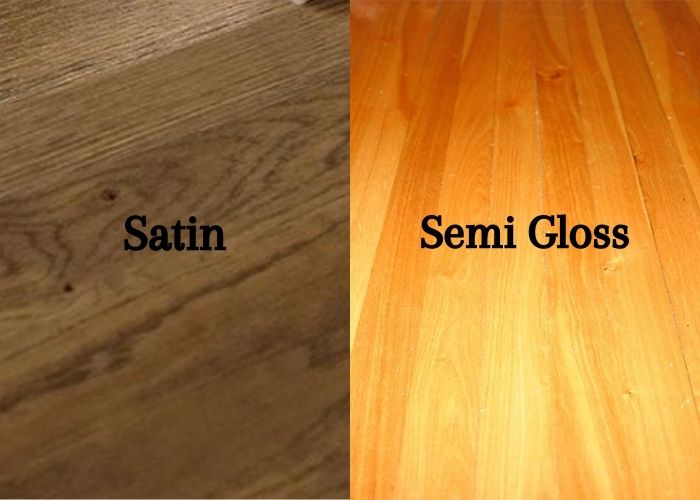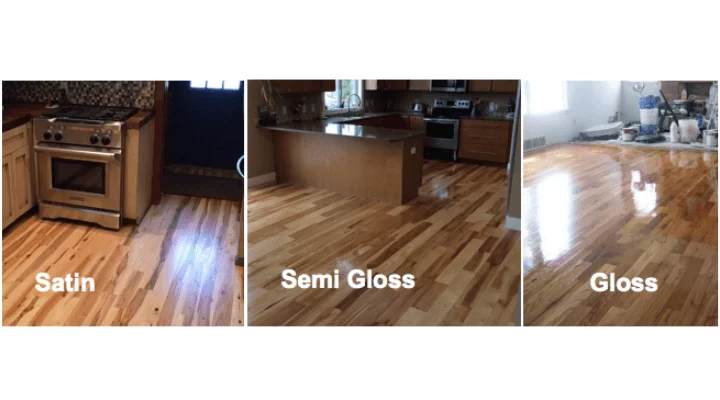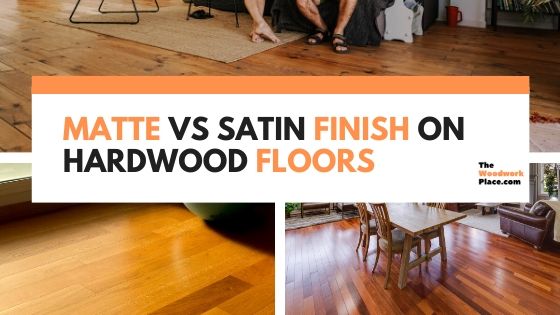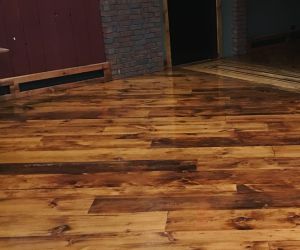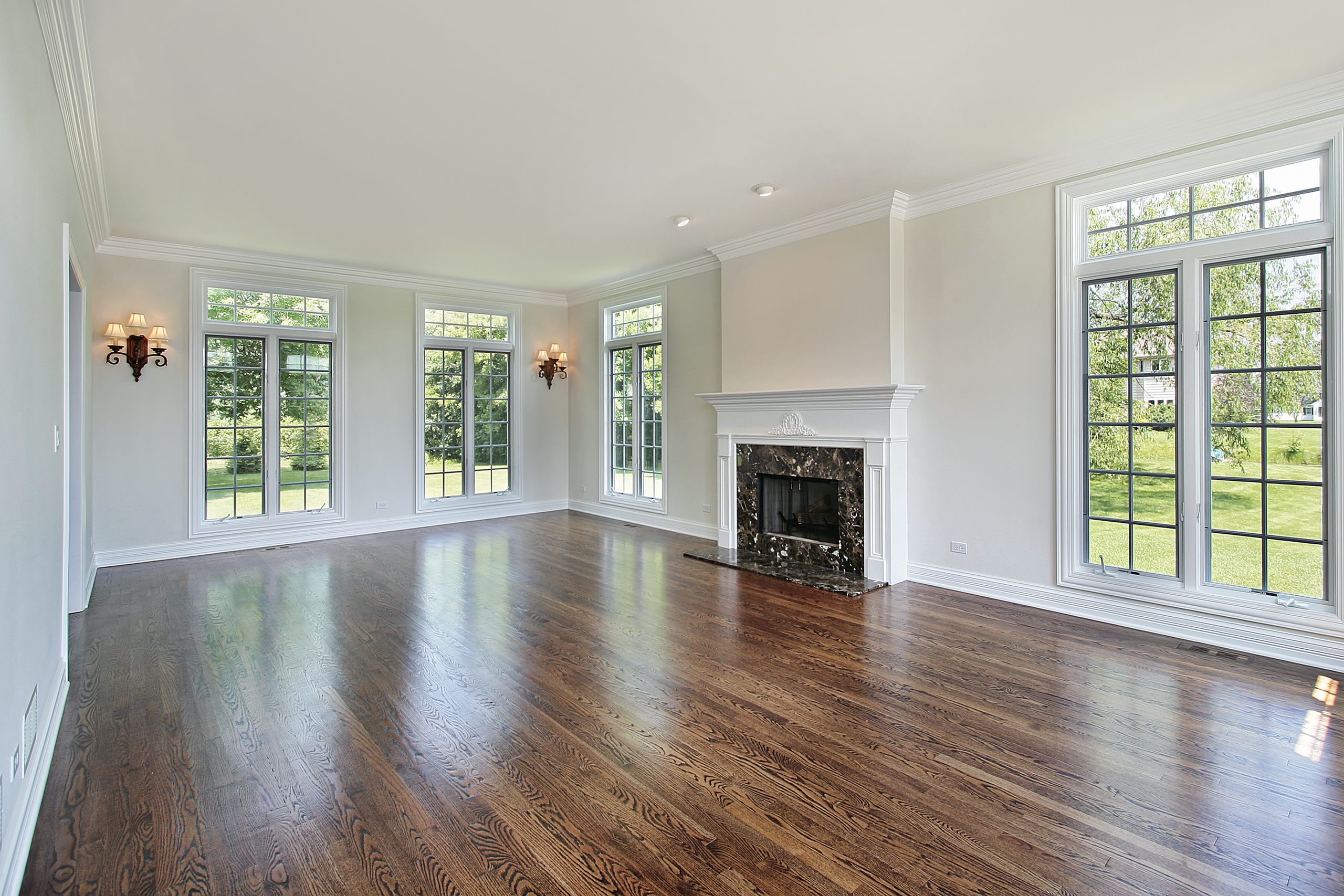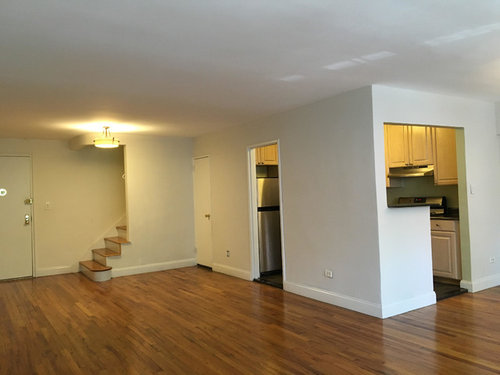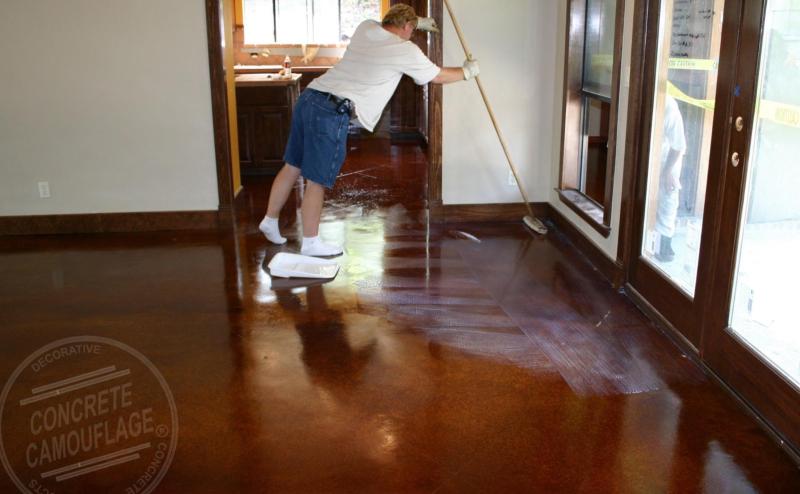Understanding the Difference Between Satin and Gloss Wood Floor Finishes
When it comes to choosing a wood floor finish, two popular options are satin and gloss. While both finishes offer their own unique advantages, they also have distinct characteristics that set them apart from each other.
Appearance:
One of the main differences between satin and gloss wood floor finishes is their appearance. Satin finishes have a more subdued and matte appearance, while gloss finishes are shiny and reflective. Satin finishes provide a more natural and rustic look, while gloss finishes offer a more modern and elegant appearance.
Light Reflection:
Another key difference is how these finishes reflect light. Satin finishes are designed to absorb light, resulting in minimal reflection. This makes them a good choice for spaces that require a softer and more diffused light. On the other hand, gloss finishes reflect light more intensely, creating a brighter and more vibrant look. Gloss finishes are ideal for spaces that require a sleek and polished aesthetic.
Durability:
When it comes to durability, both satin and gloss finishes offer good protection for wood floors. However, gloss finishes tend to be more resistant to scratches, stains, and wear due to their harder and thicker coating. Satin finishes, while still durable, may show scratches and signs of wear more easily. It is important to note that regular maintenance and proper care are essential for preserving the longevity of any wood floor finish.
Maintenance:
Maintenance requirements also differ between satin and gloss finishes. Satin finishes are generally easier to maintain as they tend to hide dust, footprints, and other imperfections more effectively. In contrast, gloss finishes may require more frequent cleaning and may show dirt and smudges more prominently. Regular sweeping, vacuuming, and occasional polishing are necessary to keep both finishes looking their best.
Versatility:
Both satin and gloss wood floor finishes are versatile and can complement various interior styles. Satin finishes are often preferred for traditional or rustic interiors, as they enhance the natural beauty of the wood and create a warm and inviting ambiance. Gloss finishes, on the other hand, are commonly used in contemporary or modern settings, where a sleek and glamorous look is desired.

Pros and Cons
Pros of Choosing Satin for Your Wood Floors
- Enhanced Durability: Satin finishes are known for their ability to withstand wear and tear, making them an excellent choice for high-traffic areas. The finish acts as a protective layer, preventing scratches, scuffs, and stains from damaging the wood floor.
- Conceals Imperfections: Satin finishes are great for concealing minor imperfections on wood floors. If your flooring has small scratches or dents, the satin finish can help minimize its appearance and create a smoother, more uniform look.
- Reduced Glare: Unlike gloss finishes, satin finishes have a lower sheen level, resulting in reduced glare. This makes satin ideal for rooms with abundant natural light or spaces where excessive glare may cause visual discomfort.
- Timeless Elegance: Satin finishes offer a classic and timeless aesthetic that complements a variety of interior styles. Whether you have traditional, modern, or eclectic decor, a satin finish can enhance the overall beauty and elegance of your wood floors.
Cons of Choosing Satin for Your Wood Floors
- Less Reflectivity: Satin finishes have a lower reflectivity compared to gloss finishes. If you prefer a high-gloss, reflective surface that adds depth and vibrancy to your wood floors, satin may not provide the desired level of shine.
- Limited Light Reflection: Satin finishes tend to absorb more light rather than reflect it, which can make a room appear darker. If you have a space that lacks natural light or feels dim, opting for a gloss finish might be more suitable to create a brighter and more illuminated environment.
- Less Intense Color: Satin finishes can slightly dull the natural color and grain patterns of the wood compared to gloss finishes. If you want to maximize the vibrancy and richness of your wood floor’s natural beauty, a gloss finish might be a better choice.
- Higher Maintenance: While satin finishes are durable, they may require more frequent maintenance compared to gloss finishes. Satin finishes are more prone to showing footprints, dust, and dirt, requiring regular sweeping, mopping, and occasional reapplication of protective coatings.
Achieving the Desired Aesthetic: Satin and Gloss Wood Floor Finishes Compared
When it comes to achieving the desired aesthetic for wood floor finishes, the choice between satin and gloss finishes is often debated. Each finish offers its own unique characteristics, and understanding the differences between them can help homeowners make an informed decision.
Satin wood floor finishes are known for their smooth and subtle appearance. They provide a low sheen, matte finish that is often preferred for a more natural and understated look. Satin finishes are great at hiding scratches, imperfections, and dust, making them a popular choice for high-traffic areas or homes with pets and children. With their ability to mask wear and tear, satin finishes tend to require less maintenance and touch-ups over time.
On the other hand, gloss wood floor finishes offer a high sheen and reflective surface that adds a touch of elegance and sophistication to any room. Gloss finishes are known for their ability to make colors appear more vibrant and rich, making them ideal for homeowners who want to make a bold statement with their flooring. However, it is important to note that gloss finishes tend to highlight scratches, dirt, and imperfections more easily. Regular maintenance and cleaning are essential to keep gloss finishes looking their best.
In terms of durability, both satin and gloss wood floor finishes are quite resilient. However, satin finishes are generally more forgiving when it comes to scratches and wear, as they tend to show less damage compared to gloss finishes. Gloss finishes, although more susceptible to visible wear and tear, can be easily restored and refinished to regain their original luster.
Ultimately, the choice between satin and gloss wood floor finishes depends on personal preference and the desired aesthetic for the space. Satin finishes offer a more muted and natural look, while gloss finishes provide a striking and glamorous appearance. Homeowners should consider factors such as the amount of foot traffic, desired level of maintenance, and overall style of the room to determine which finish will best suit their needs.
Practical Considerations Maintenance and Durability of Satin and Gloss Wood Floor Finishes
When it comes to choosing the perfect wood floor finish, two popular options that often come up are satin and gloss finishes. Both finishes have their own unique characteristics and advantages, but it is essential to consider practical considerations, maintenance requirements, and durability before making a decision.
Maintenance is a crucial factor to consider when selecting a wood floor finish. Satin finishes are known for their low-maintenance nature. They have a subtle sheen that can hide scratches, dust, and dirt better than gloss finishes. This makes satin finishes ideal for high-traffic areas or homes with children or pets. Regular sweeping and occasional mopping is usually sufficient to keep satin finishes looking clean and well-maintained.
On the other hand, gloss finishes require more frequent maintenance to keep them looking their best. The shiny surface of gloss finishes tends to highlight scratches, dust, and smudges, making them more noticeable. Regular sweeping, mopping, and polishing may be necessary to maintain the glossy appearance. While this may require more effort, the stunning high-gloss finish can create an elegant and luxurious ambiance in any space.
Durability is another important consideration when comparing satin and gloss wood floor finishes. Satin finishes tend to be more forgiving when it comes to wear and tear. The lower sheen helps to hide small imperfections, making satin finishes more resistant to scratches and scuffs. This durability factor makes satin finishes an excellent choice for busy households or commercial spaces that experience heavy foot traffic.
Gloss finishes, on the other hand, can be more prone to visible wear and tear. The reflective surface of gloss finishes makes scratches and scuffs more apparent. However, with proper care and maintenance, gloss finishes can still provide long-lasting durability. It is essential to use furniture protectors, rugs, and mats to minimize the risk of scratches and maintain the glossy appearance.
Satin vs. Semi-Gloss Polyurethane (Whatu0027s the Difference
Gloss vs Semi-Gloss vs Satin: Understanding Sheen levels 2022
Matte vs Satin Finish on Hardwood Floors The Woodwork Place
Matte vs. Satin – Wood Floor Finishes
Popular Hardwood Floor Finishes for High Quality Flooring
Satin vs. Semi-Gloss Polyurethane (Whatu0027s the Difference
Different types of polyurethane finishes.
Satin or semigloss finish for hardwood floors?
Wax Floor Finish : Why High Gloss, Semi-Gloss or Matte ?
Related Posts:
- Solid Wood Flooring Unfinished
- Wood Floor Natural Cleaner
- Outdoor Wood Flooring Ideas
- Wood Flooring Ideas For Bedroom
- Wide Plank Natural Wood Flooring
- Engineered Wood Flooring Scratches
- White Wood Flooring For Bathrooms
- Wood Floor Tile Kitchen Ideas
- Wood Floor Joist Construction
- How To Install Wood Flooring In Kitchen
